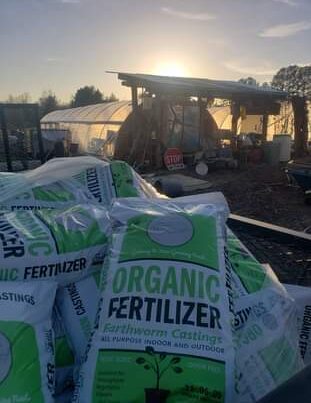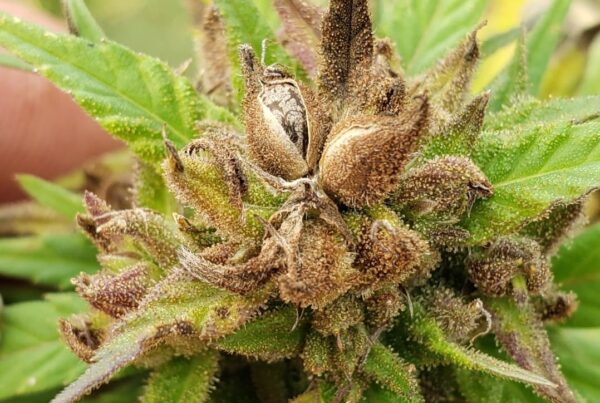As we head deeper in to flower the moths are becoming more active around here. In particular we are noticing a heavy presence from the cabbage looper moth with a minority presence from cut-worms too.
.
Life Cycle: These buggers overwinter in a cocoon on plant debris. The moth will emerge when spring hits and its most active at night. Eggs are ridged, dome shaped and usually laid on the under side of leaves. They can have numerous generations and continue to develop all year long with the right conditions, heaviest populations mainly occur in the fall. Eggs will hatch in 3 to 10 days.
.
Biological Control: Important parasites include the egg parasite Trichogramma pretiosum, the larval parasites Hyposoter exiguae, Copidosoma truncatellum, and microplitis brassicae, and the parasitic tachinid fly Voria ruralis.
.
My Current IPM strategy has been BT-K, Grandevo CG, Regalia > trying a 3 day rotation, hand picking daily and averaging 20 to 40 found each time. I’m spending between 4 to 6 hours plucking leaves while looking for these bastards each day. I also have a lot of pollinator gardens but apparently it is not enough to boost the predator pollutions and that will be increased heavily for next year with fall blooming plants in mind, my zinnias are still raging tho. I have one dynatrap on the way and plan to have 4 total by the start of next season. I’ve also used agribon on one row that is 10 foot wide using T-post with ½” pvc and zip ties, doesn’t go to the ground but close. I’m going to do some lower tunnels with the agribon using rebar and the 10’ pvc sticks too, this will cover to the ground.
.
Sourced some good info from UC IPM…




